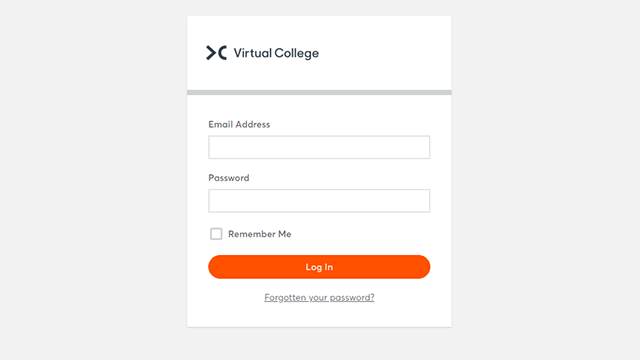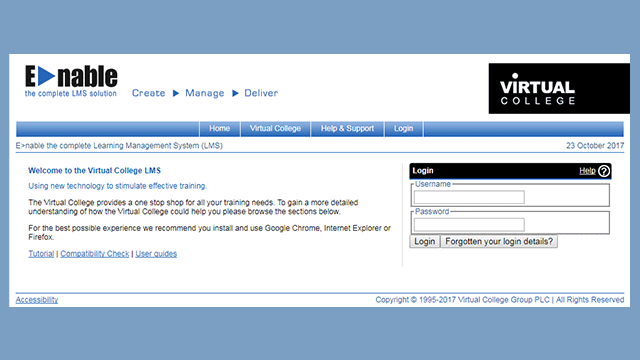Online Courses FAQs
Choosing the right course or knowing which one best suits your requirements can be difficult, here we answer the most commonly asked questions about popular topics to help.
HACCP FAQs
We have been asked many questions about HACCP, what it’s about and why it exists, so we thought it might be useful to collate some of those questions for you here.











